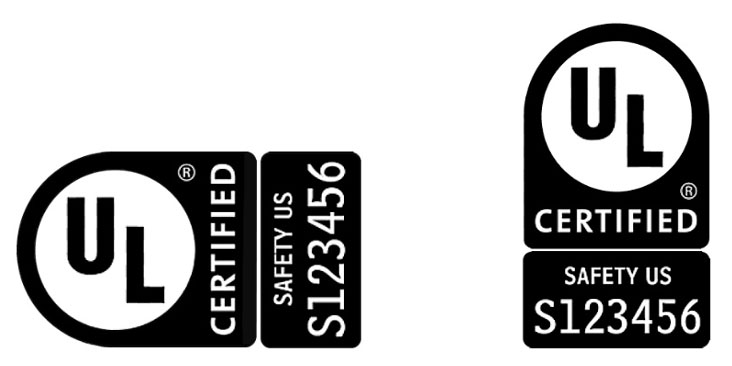wwhitney
Senior Member
- Location
- Berkeley, CA
- Occupation
- Retired
Continuous loads (or supplies) require a 125% factor in conductor sizing solely due to the requirement of a 125% factor in breaker sizing for non-100% rated breakers. This is reflected throughout the NEC in numerous exceptions for 100% rated equipment, including in Article 705. Namely explicitly in the new in the 2023 NEC exceptions to 705.28(B) (although arguably the 2020 NEC implicitly allowed the same thing via the "where not elsewhere required or permitted in this Code" language).
So given that, why does the 125% factor occur in 705.12(B) without any corresponding exceptions? For example, take (2020) 705.12(B)(3)(1). An MLO panelboard with a 200A busbar (a continuous rating) should be allowed to be supplied by both a 150A utility-side breaker and up to 50A of inverter output current, rather than 40A.
Cheers, Wayne
So given that, why does the 125% factor occur in 705.12(B) without any corresponding exceptions? For example, take (2020) 705.12(B)(3)(1). An MLO panelboard with a 200A busbar (a continuous rating) should be allowed to be supplied by both a 150A utility-side breaker and up to 50A of inverter output current, rather than 40A.
Cheers, Wayne


